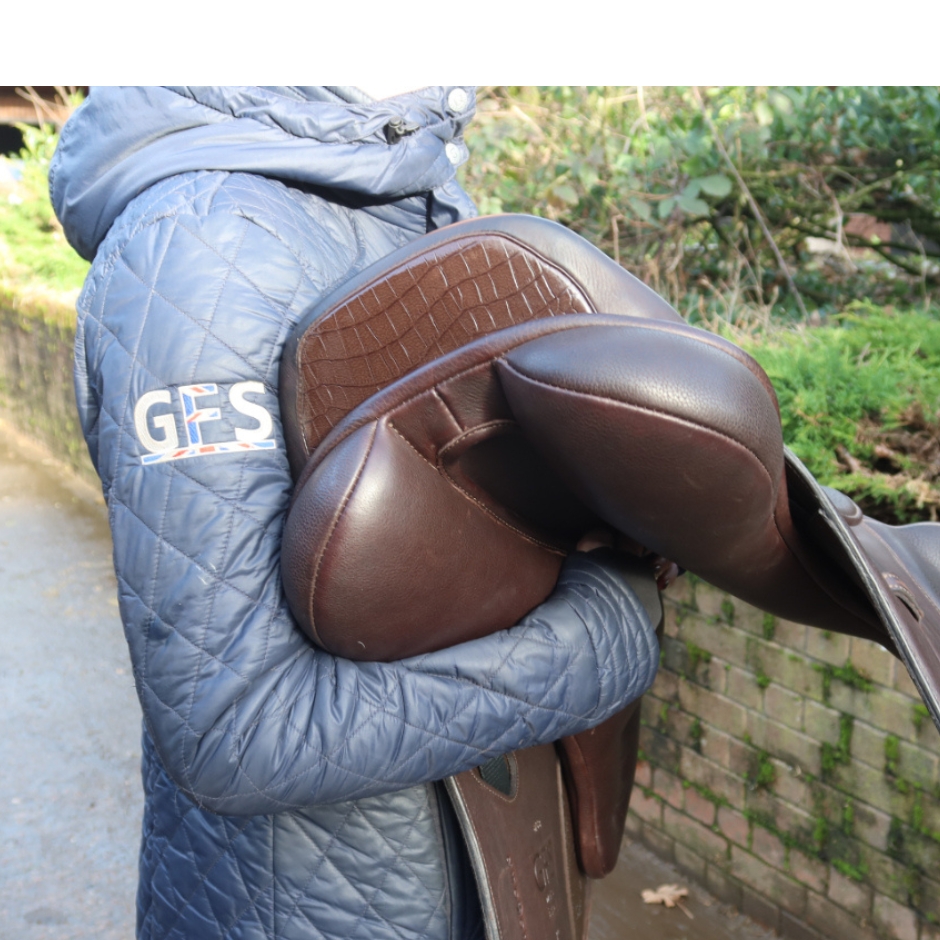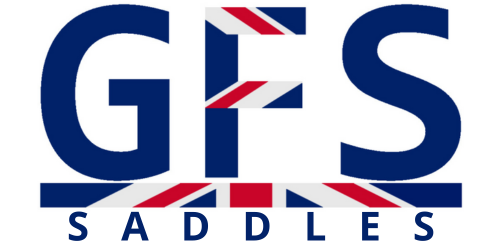A Rider's Guide to Choosing the Right Saddle

When the time comes to purchase a new saddle, it can feel like a daunting task. One of the very first things a fitter is likely to ask you is what type of saddle you’re in the market for: Dressage, Jump, Event or GP.
This decision can often feel difficult, as each saddle type has its own set of characteristics that can significantly alter your ridden experience. In this blog, we’ll explore these differences, providing equestrians with helpful advice to find the perfect saddle for both themselves and their horse.
General Purpose: The general purpose saddle (commonly referred to as a GP) is a highly versatile option, optimal for equestrians that want to take part in a variety of disciplines. The GP saddle incorporates features that make it suitable for both dressage and jumping, including a medium seat depth and slightly forward cut saddle flaps. At GFS, we manufacture a GP saddle as part of both our GFS Monarch and GFS Transition ranges. Each is designed with consideration for rider adjustability, including the presence of the GFS Flexi block system, enabling you to achieve the perfect leg position by changing or removing blocks depending on the demands of each discipline.
Dressage: Dressage saddles are designed with both equine and human precision in mind. They generally have longer, straighter flaps that help riders to achieve a closer contact with their horse. The seat of a dressage saddle is deeper, which helps riders to maintain good posture when riding through intricate movements on the flat. The cantle, at the rear of the saddle, is elevated to help the rider remain balanced and upright, while the straight cut flap and panel at the front allow the horse’s shoulders to move freely.
Jump: Jump saddles are designed to provide riders with greater flexibility, enabling them to move with the horse when tackling fences. These saddles tend to have a more forward cut flap, allowing the rider to use a shorter stirrup length, and a flatter seat to help with mobility during take-off and landing. The knee rolls, which are generally more prominent on Jump saddles, provide the additional support and security a rider needs when using a shorter stirrup length in this discipline.
Event: The Event saddle shares some characteristics with the Jump saddle but also includes additional tailoring to suit the demands of cross-country riding. The forward-cut design and flat seat enable a rider to easily adopt a light seat position when galloping across the country. The Event saddle typically features a more pronounced forward cut than a traditional Jump saddle, this provides optimal freedom of movement for riders whilst still giving support when needed.
No matter what discipline you’re involved in, there’s a saddle out there designed to suit both you and your horse. Understanding the differences between saddle types is the first step on your journey to find the perfect match. The next step is to seek the expertise of a qualified saddle fitter to ensure you get the correct fit. You can find a list of GFS approved stockists here.

